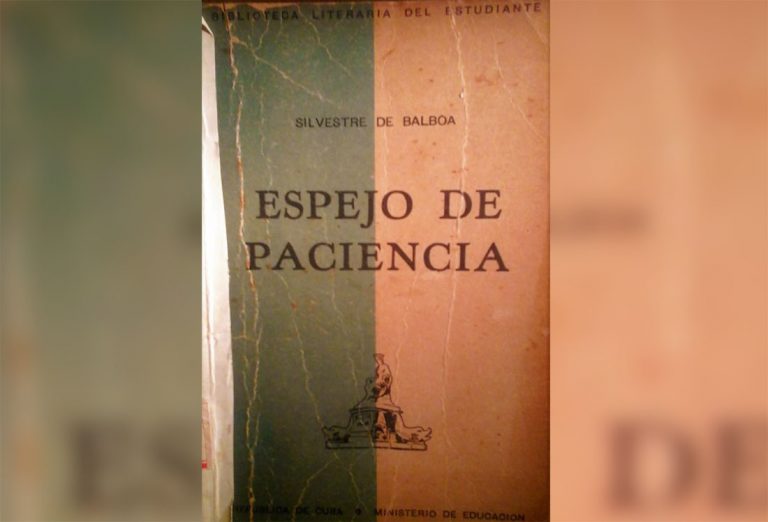The seventeenth century witnessed the creation of Espejo de Paciencia, the first literary work written in Cuba. Its author was the canary Silvestre de Balboa who had settled as a clerk of the town council of the city of Puerto Principe, to later marry Isabel de Consuegra.
The work was discovered within the book History of the Island and Cathedral of Cuba, by the bishop and historian Pedro Agustín Morell de Santa Cruz, it tells of the kidnapping of Bishop Fray Juan de las Cabezas Altamirano in 1604 by the French pirate Gilberto Girón, his time in prison, his rescue and the subsequent revenge of the people of Bayamo and the figure of the slave Salvador Golomón. It is composed of 1211 verses divided into two songs: the first one deal with the kidnapping and ransom, while the second narrates the process of revenge.
Silvestre de Balboa embodies essential components of criollismo in his work, however, his writing style is strongly influenced by the poetic training he received in Palmas de Gran Canaria, which is why the Creole character of Espejo de Paciencia has been the target of controversial and diverse opinions.
The truth is that its importance not only lies in being the genesis of Cuban literature, but also becomes a close description of the society of the time and the story of an event of great connotation. Balboa marked the beginning of a high literary tradition in the city of waterpots that continued his legacy with figures such as Gertrudis Gómez de Avellaneda, Aurelia Castillo, Ricardo Escardó, Nicolás Guillén and an important number of writers.
Translated by: Aileen Álvarez García






